NEW FELPREVA MAKES PARASITE CONTROL SIMPLE FOR CATS
Courtesy of Vetoquinol. New Felpreva is a breakthrough in companion animal parasitology. It is the first 3-monthly spot-on parasiticide for cats that covers tapeworms,…
Free Delivery when you spend $49 or more. (Weight Limits Apply – view more)
 Dog
Dog

Shop Tuckers great range of dog food, health care & wellness products today. Delivered or Click & Collect.
 Cat
Cat

Tuckers has a great range of cat food, health care & litter products for your beloved cat. Shop now.
 Horse
Horse

Tuckers carry a huge range of food, supplements, health care, hoof care and grooming accessories. Shop now.
 Chook/Bird
Chook/Bird

Tuckers range of food, accessories & health care products will keep your chooks & birds happy and healthy.
 Small Animal
Small Animal

Shop food and health care products for your little mates @ Tuckers. Delivered or Click & Collect.
 Farm/Garden
Farm/Garden

Tuckers carry a wide range of sheep & cattle products, plus everything you’ll need around the farm or garden.
 Dog
Dog

Shop Tuckers great range of dog food, health care & wellness products today. Delivered or Click & Collect.
 Cat
Cat

Tuckers has a great range of cat food, health care & litter products for your beloved cat. Shop now.
 Horse
Horse

Tuckers carry a huge range of food, supplements, health care, hoof care and grooming accessories. Shop now.
 Chook/Bird
Chook/Bird

Tuckers range of food, accessories & health care products will keep your chooks & birds happy and healthy.
 Small Animal
Small Animal

Shop food and health care products for your little mates @ Tuckers. Delivered or Click & Collect.
 Farm/Garden
Farm/Garden

Tuckers carry a wide range of sheep & cattle products, plus everything you’ll need around the farm or garden.

Heatstroke is a state of hyperthermia (core body temperature elevated above the normal range) resulting in thermal injury to tissues. Heatstroke occurs when heat generation exceeds the body’s ability to lose heat. Heatstroke is a very serious condition: it can lead to multiple organ failure and animals can die quickly if not treated. All animals are susceptible to heatstroke so you need to make sure that you take active steps to prevent it.
Signs may vary between individuals, but commonly include:
You can help to prevent heatstroke by ensuring your pets are kept in appropriate environmental conditions and being aware of the symptoms so action can be taken swiftly.
Vets are trained to assess the severity of the heatstroke and then provide emergency medical treatment as required. They will check your pet’s body temperature and vital signs and then instigate emergency treatment which may include:
Article was sourced from RSPCA Knowldgebase
Entire range - quick and secure delivery
Buy securely online and pickup at your local store
Call your local store and come on down to pickup
© 2024 Tuckers Pet & Produce.
